Exporting and Backing up Specific Pack 
For custom pack containing important assets, such as content under development and those uploaded to the marketplace, you can export them to another drive for backup and import them into the program when further editing is needed.
- In the Packager window of the source computer, select the custom packs you want to export under the Pack tab, and right-click on it to execute the Export Data command.
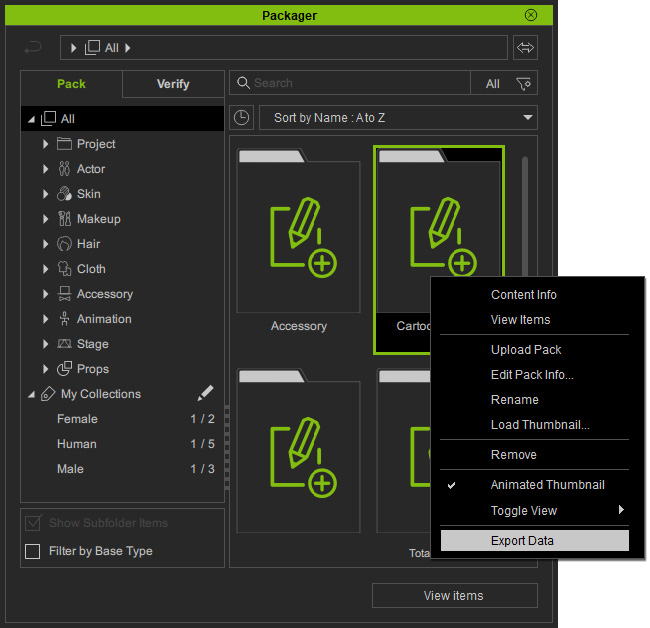
- In the Export Data dialog, you are reminded that this operation will not export the external files (textures or videos) linked to the content, so you will have to backup these files manually.
Click the Export button to continue.
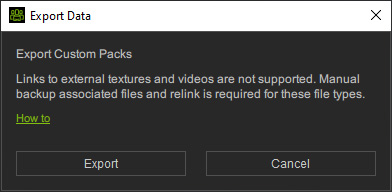
 Log for External Files:
Log for External Files:When the External Texture is enabled, the storage path of external files will be logged in a text file for reference. Backup the files stored in custom folders.
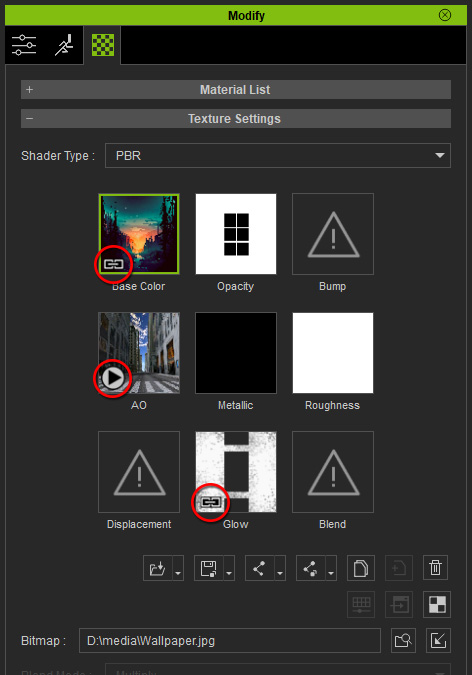
- For iClone 8 and Character Creator 4, you can find the log file by clicking the External Files button in the External Texture section of Preference (Ctrl + P).
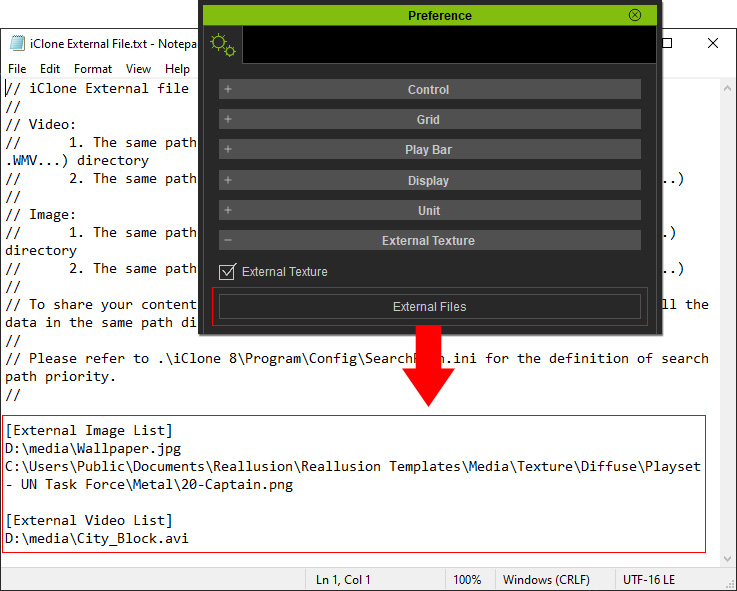
- For Cartoon Animator 5, you can find the log file by clicking the External Files button in the Project Settings panel (Ctrl + Shift + P).
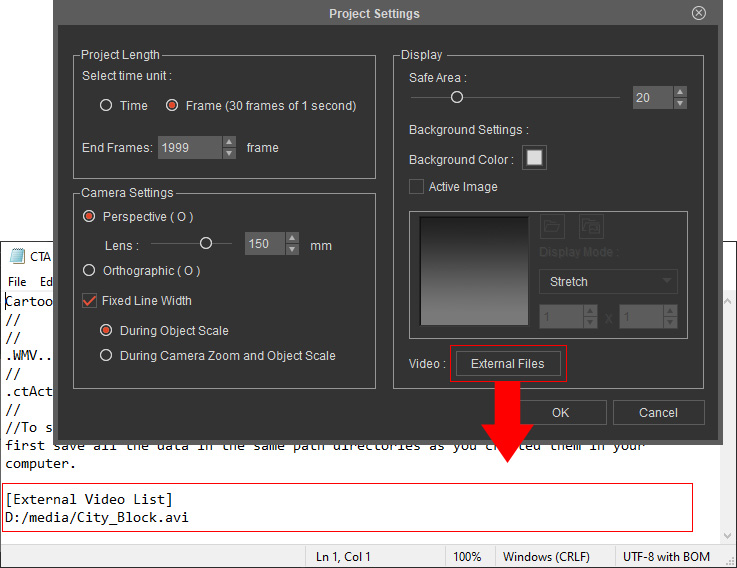
- For iClone 8 and Character Creator 4, you can find the log file by clicking the External Files button in the External Texture section of Preference (Ctrl + P).
- Pick a folder on the USB or another drive for saving the custom packs and content files.
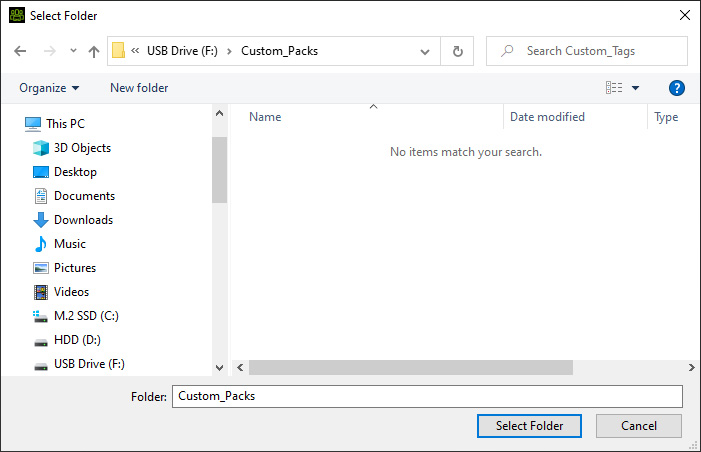
Click the Select Folder button and let the process finish.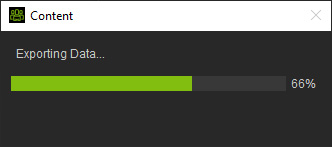
 Name Conflict Notification:
Name Conflict Notification:Naming conflicts can occur as one custom pack can include contents of identical names in different custom folders. You will need to rename these conflicting content files.
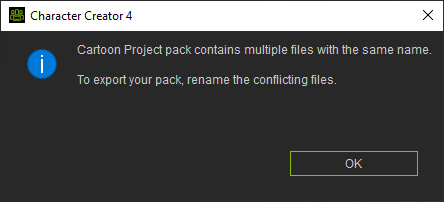
- Click the OK button when the export is done.
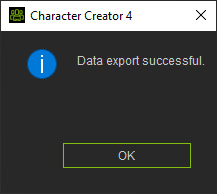
* The following data are exported to individual folder for each pack: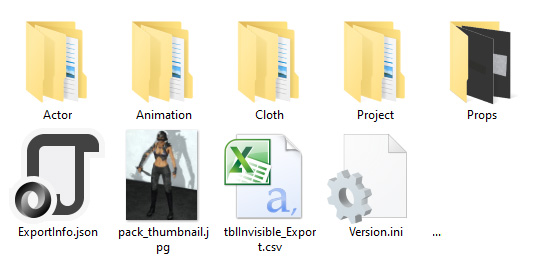
- Original content files for the virtual items (reference links) in custom packs (exported by categories).
- File structure by subfolders (under each category).
- Information and thumbnails for each pack and item.
- Collection folders for template and custom content.
- Information on packs marked as invisible.
- Information on program version.
- You can now move the USB drive in which the Custom Pack(s) and Content Files are stored to another computer.
Refer to the Importing Data section for ensuing steps.
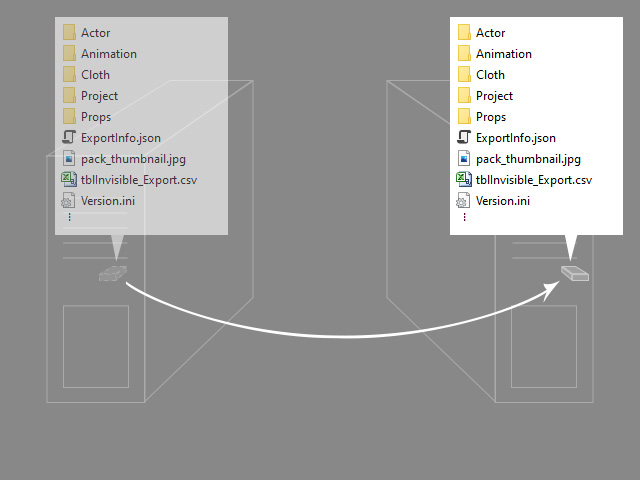
- Open the Packager on another computer.
There are currently no custom packs or collections under the Pack tab.
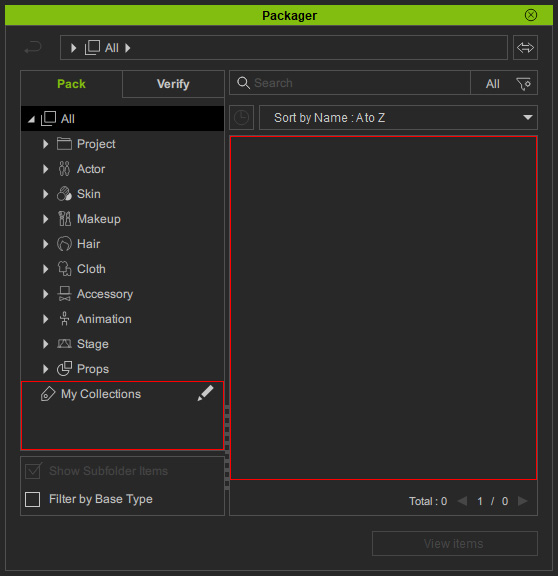
- Right-click on an empty area and execute the Import Custom Packs command.
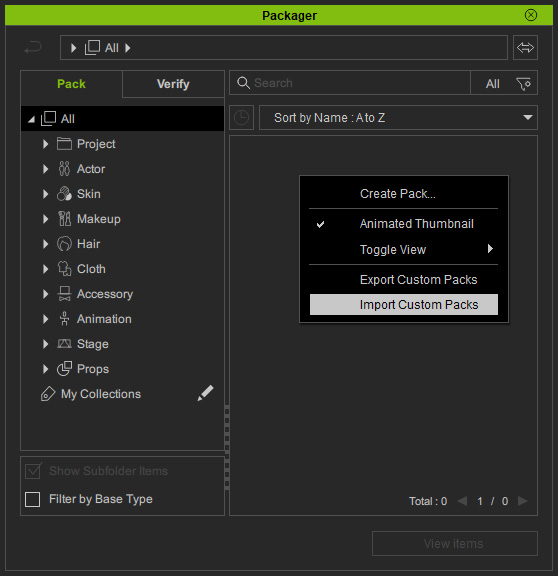
- In the Import Data dialog, choose an existing Custom Folder from the drop-down list for storing the custom content you have exported.
Click the Import button.
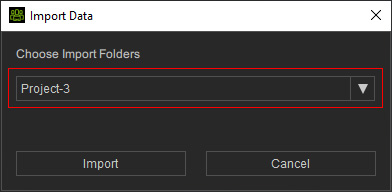
- Choose the folder in which the export data is saved (as mentioned in Exporting Data > Step 3).
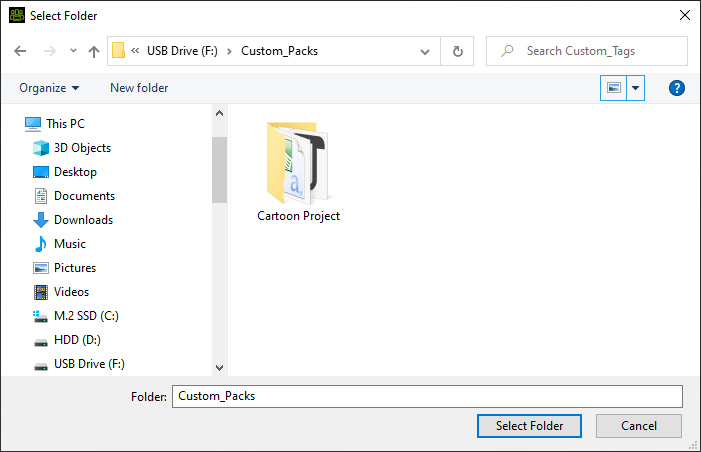
Click the Select Folder button and wait for the procedure to be done.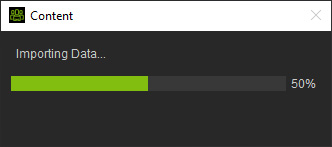
 Name Conflict Notification:
Name Conflict Notification:If there are packs with identical names on the new computer, then you will encounter a request to overwrite the files.
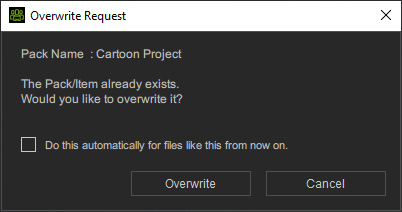
Click the Overwrite button to import the collection settings and content files for the pack and rebuild the same file structures as the source computer. Or, click the Cancel button to leave the current pack intact. - Click the OK button when the data is imported.
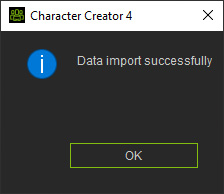
- As you can see, the pack and collection sets are all rebuilt in the Packager.
Virtual items within are also shown in well-organized categories and subfolders.
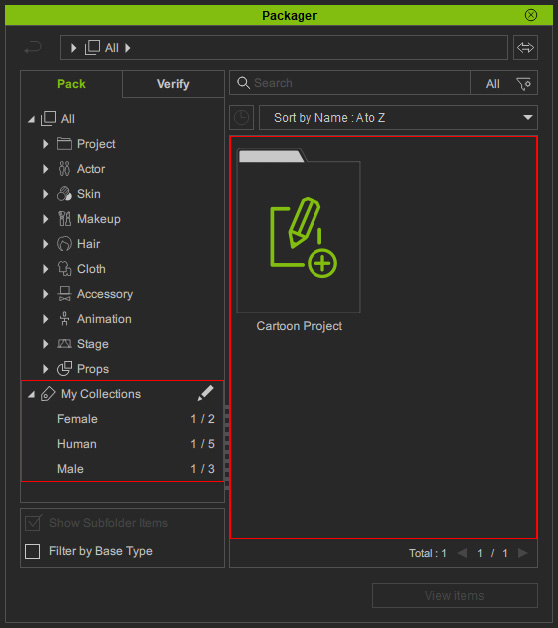

- Switch to the custom folder specified in Step 3 under the Custom tab of Content Manager to find the original content of the pack items.
You can see that custom content are imported into corresponding categories and file structures under each category are rebuilt.
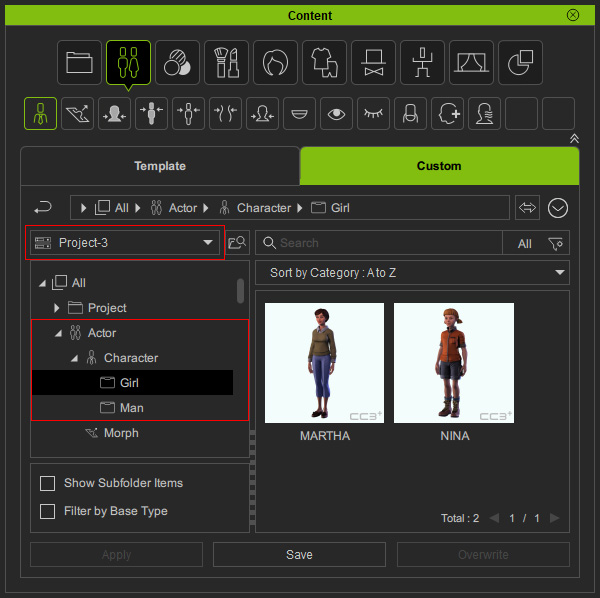
- As the collections are retrieved under the My Collections node, you can filter and apply content from the same custom folder as usual.
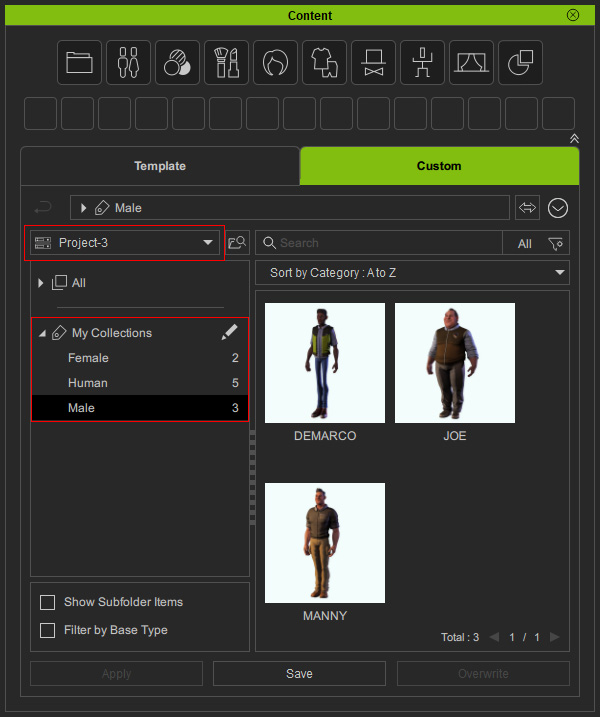
- If there are external files (textures or videos) linked to the custom content, make sure these external files are stored in the identical location on the network drives, or manually transfer them to the same folder where the content is located on the new computer.
Otherwise, the custom content will fail to link with the original external files.
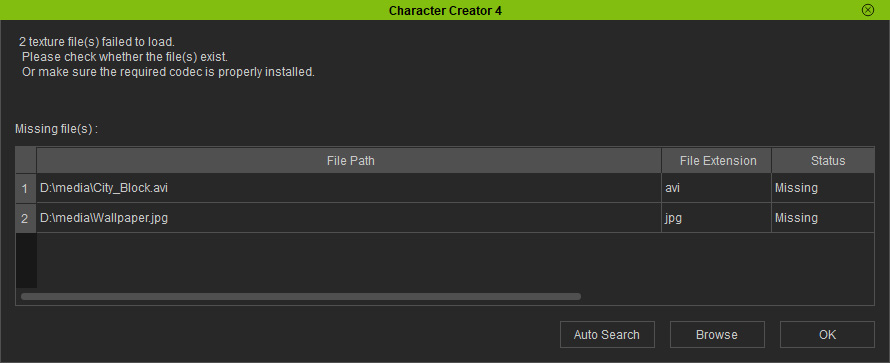
* Refer to the Log for External Files to relink these files.



